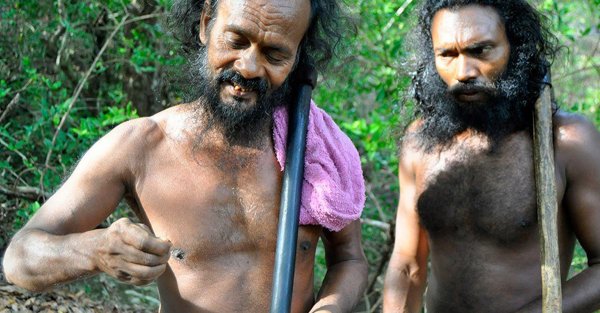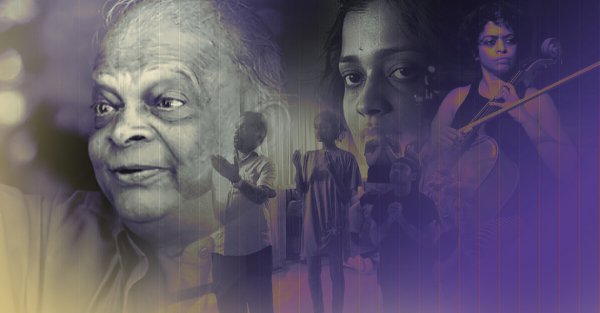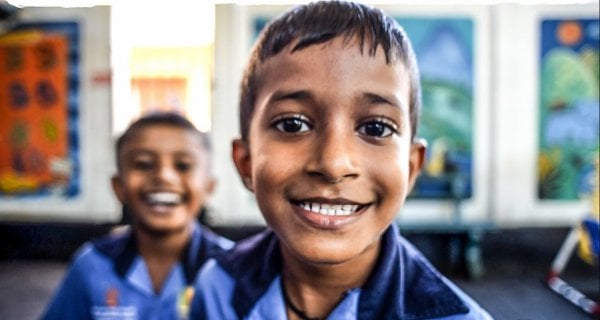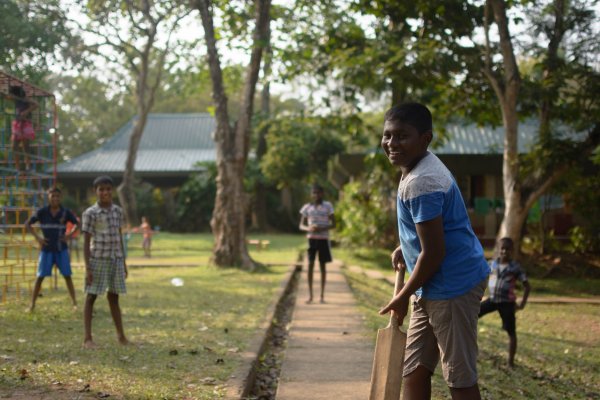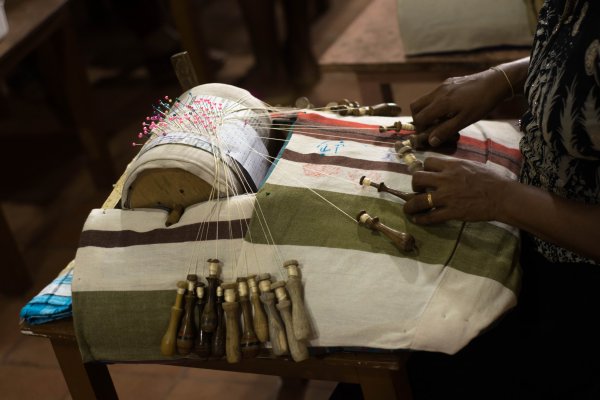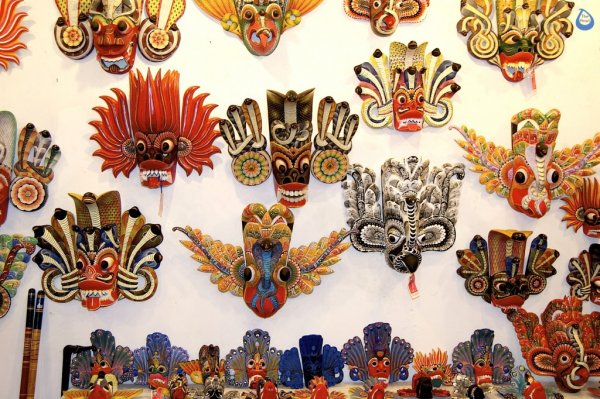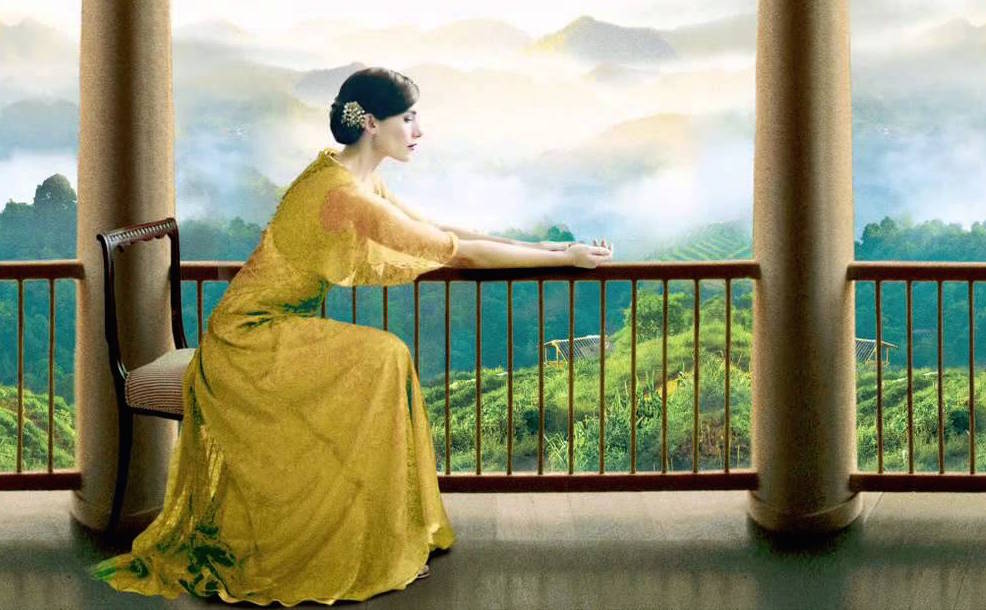
For a country that has, for centuries, been referred to by a variety of names by the rest of the world – among them Ceylon, Serendib, Taprobane, Resplendent Isle, Pearl of the Orient, and Teardrop of India – Sri Lanka and its people are still sadly underrepresented in mainstream literature.
This is perhaps why, as young children, our hearts skipped a beat whenever a book we were reading mentioned our little island… even in passing, and even in the most mundane manner – Ceylon tea, anyone?
But believe it or not, there are books that go beyond the occasional cinnamon or coconut-related mention. Here are some of the more interesting ones.
The Shadow Lines – Amitav Ghosh
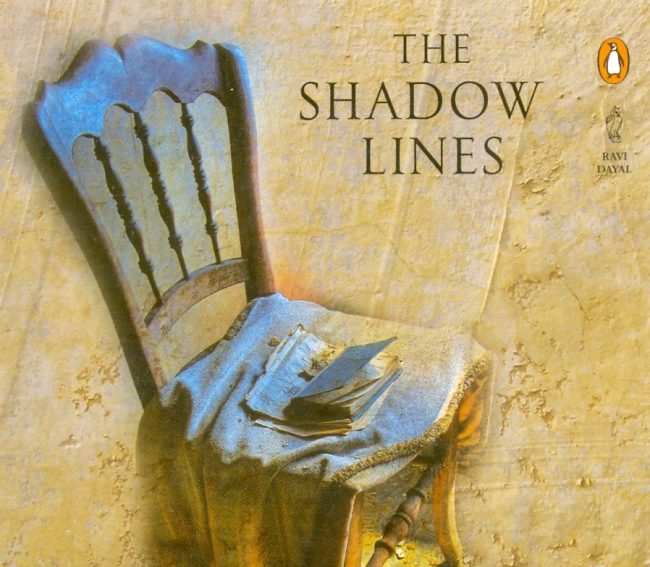
Image Credit: languageinindia
Spanning from the outbreak of the Second World War to the latter part of the twentieth century, Amitav Ghosh’s second novel pieces together the story of two families – one Bengali, and one English – as their lives intertwine in tragic, comic, and, sometimes, unexpected ways.
The novel is set against important events in Indian political history, most notably the years of Bengali partition, and it is in the midst of all this that Sri Lanka has a memorable, albeit minor, part to play, culminating in a thalagoya encounter with which most of us who have lived in the island long enough are all too familiar.
Lizzie looked at it and laughed.
That’s a thala-goya madam, she said. Very common here, very gentle animal.
Queen Victoria glared at the reptile.
Gentle, by Jove! she said to us. Wretched beast could have passed for a bloody tyrannosaurus.
The Tea Planter’s Wife – Dinah Jefferies
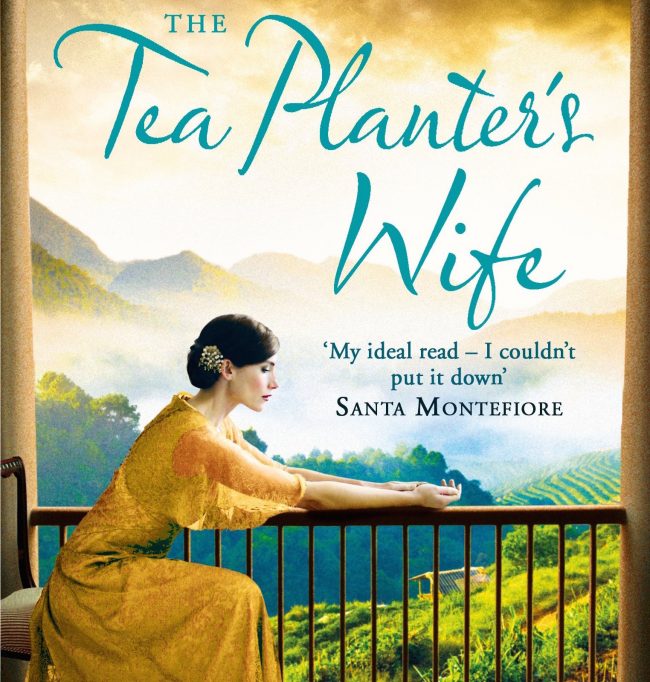
Image Credit: Amazon.in
Published mid last year but set in the 1920’s, The Tea Planter’s Wife is a historical novel that follows the newly wedded Gwendolyn Hooper to a tea plantation Ceylon, where she unearths some unsettling secrets about her husband’s past.
While the main focus of the book is on Gwen’s tumultuous relationship with her husband, it also touches on issues of race by examining the tension between the coloniser and the colonised, a defining characteristic of colonial Ceylon.
To Gwen, Ceylon was a place where British dreams had been built and fortunes made, where English families had lived and children had been born, and where her life had changed beyond her wildest dreams. Yet here was a different world, where girls ran about in simple cotton tops and threadbare skirts, where babies gurgled and crawled in the dirt, and people did not have enough to eat.
Shopaholic and Sister – Sophie Kinsella

Image Credit: sophiekinsella.co.uk
Perhaps the most familiar title on this list – thanks, mostly, to its belonging to the Shopaholic franchise that inspired a feature film of the same name – Shopaholic and Sister takes a more playful approach to Sri Lanka and what it has to offer.
Opening on the green hills of the hill country, the island’s appearance in the book is short, but Becky, who in true shopaholic style commissions the building of a teak dining table and ten chairs to match, makes it a memorable one.
I point to the panel of wood running down the side of the table. There, beautifully carved in among the flowers, are the words Luke and Rebecca, Sri Lanka, 2003.
Luke runs a hand over the table. He feels the weight of one of the chairs. I can see him relenting. Then suddenly he looks up with a slight frown.
“Becky, is there anything else you’ve bought that you haven’t told me about?”
A Fool’s Alphabet – Sebastian Faulks
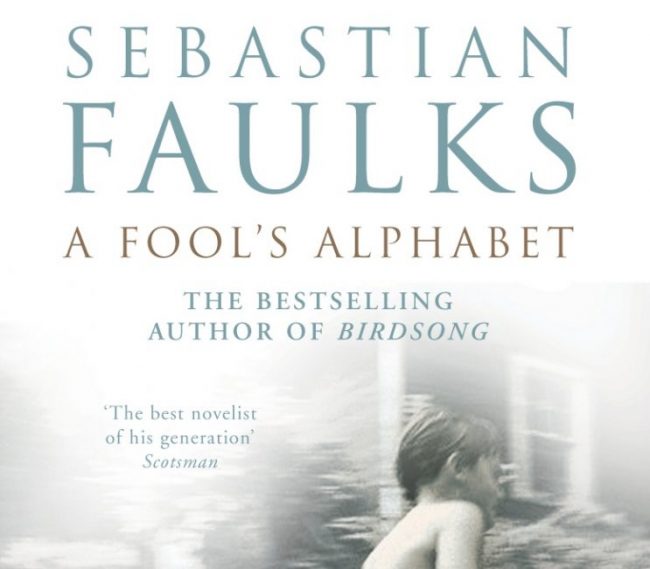
Image Credit: Penguin
A Fool’s Alphabet looks at the life of Pietro Russell, a photographer whose story unfolds over the course of twenty six chapters. What is interesting about the book is that the chapters are arranged, not chronologically, but in alphabetical order, according to the names of the places his work takes him.
Sri Lanka makes an appearance as the book’s third chapter, with Colombo representing the letter “C”. Although Pietro’s stay in the island is a short one, the chapter hints at several underlying issues, mostly notably those of ethnic conflict and the side effects of Westernisation.
Everyone [speaks English]. No one in England speaks Sinhalese. I just feel how odd it is, when it could so easily have been the other way around. Suppose Sri Lanka, or Ceylon, had first stumbled on the steam engine, had built up its navy, had done half-dozen things that were necessary. Then I might just as well have been brought up speaking Sinhalese as well as English.
Invincible Iron Man Vol 2 #1
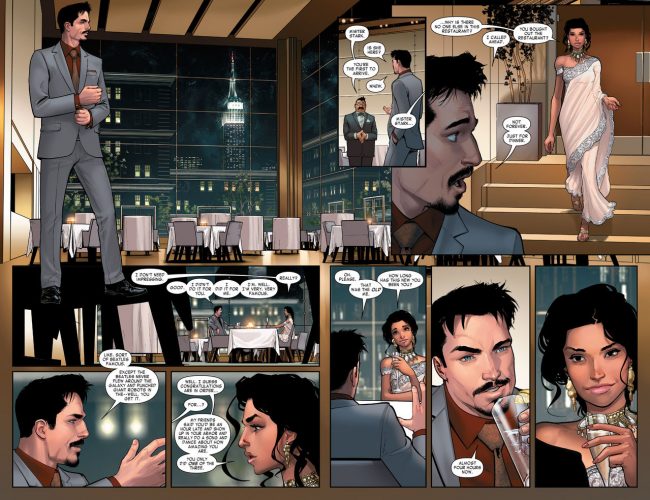
Image Credit: xmen-supreme.blogspot.com
Whether or not comic books count as literature is arguable, but the latest Sri Lankan addition to the Marvel universe is too good to pass up on.
Doctor Amara Perera – a refreshing departure from the other Sri Lankan of note in the Marvel universe – is a genius biophysicist who meets Tony Stark (a.k.a. Iron Man) at a conference in Dubai, and goes on to date him, albeit briefly. Her work has her potentially coming up with a way to neutralise the X-Gene that gives mutants their abilities, making her a woman to watch.
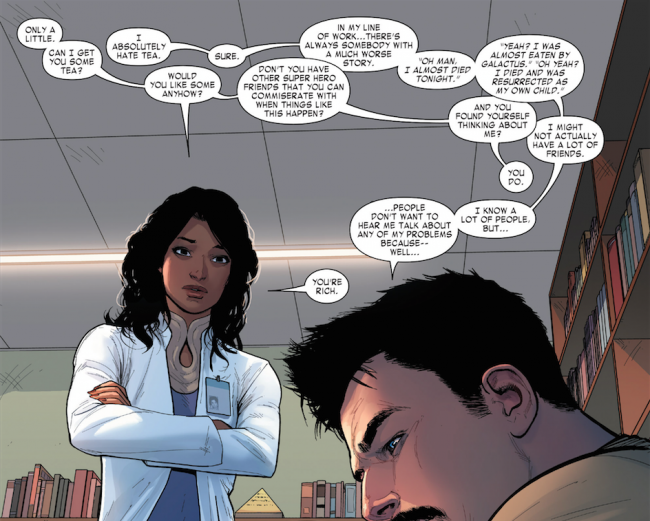
Image Credit: evie-a.tumblr.com
The Fountains of Paradise – Arthur C. Clarke
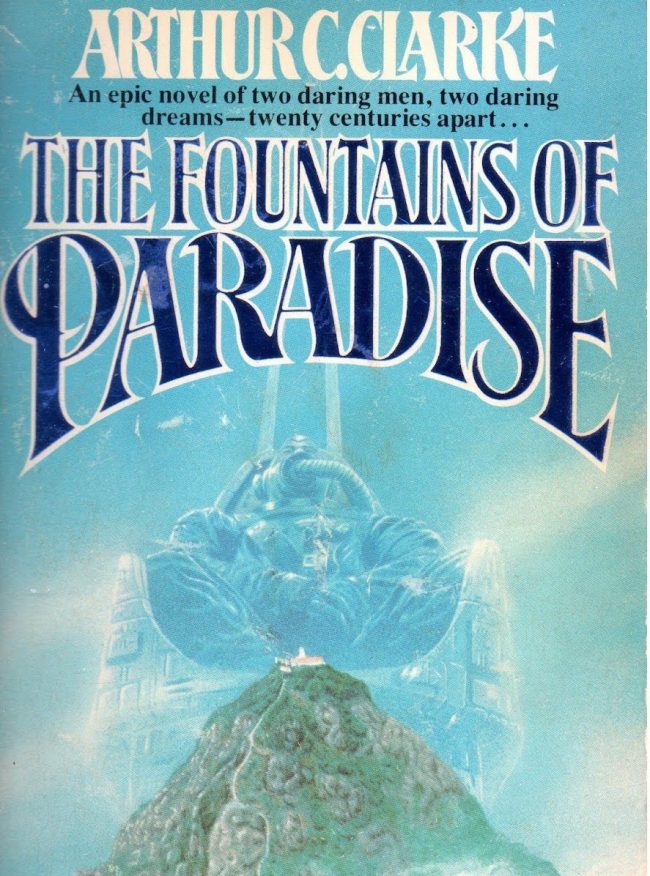
Image Credit: i.ytimg.com
Sir Arthur C. Clarke lived most of his life in Sri Lanka, so it’s hardly a wonder that our little island makes several appearances in his writing. Of all its appearances, however, its depiction in The Fountains of Paradise takes a place of honour, due to Clarke’s own admission that the fictional land of Taprobane in which the story takes place is “about ninety percent congruent with the island of Ceylon” (now Sri Lanka).
Inspired by real historical figures such as King Kashyapa I and real places such as Sigiriya, Adam’s Peak, the Sea of Parakrama (or the Parakrama Samudra), the book is a beautifully juxtaposed, science fiction take on Sri Lanka’s colourful past and imagined future.
Thunder boomed along the western sky. Kalidasa turned away from the brooding menace of the mountain, towards the distant hope of rain. The monsoon was late this season; the artificial lakes that fed the island’s complex irrigation system were almost empty. By this time of year he should have seen the glint of water in the mightiest of them all – which, as he well knew, his subjects still dared to call by his father’s name: Paravana Samudra, the Sea of Paravana.
Sri Lanka may not be the most popular country in the eyes of the world’s authors, but it’s inspiring enough that a number of them have incorporated it into their work – you just need to know where to look, and once you do, continue reading.

